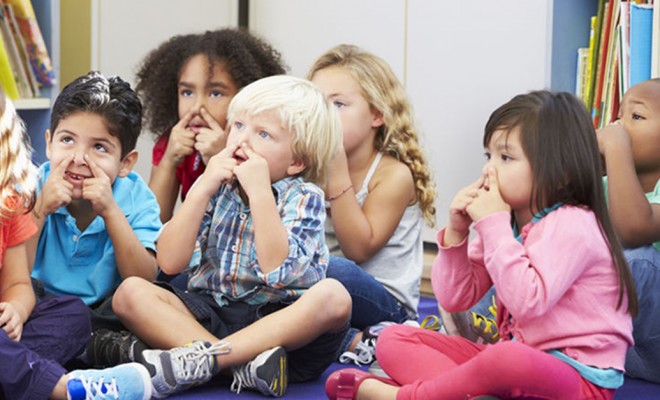
Child Development
EYFS Development 30-50 Months: Ready for Reception
Whilst it would be an exaggeration to claim the EYFS child between 30 and 50 months has become an entirely independent social being, liveliness, resilience and an enormous degree of inquisitiveness are now the dominant traits of these increasingly talkative and assertive adventurers. Little wonder that parents and childcare professionals are starting to look towards progressively more challenging provision with elements perhaps leading to formal outcomes mimicking the curriculum formats children will subsequently encounter at reception or ‘big school’.
Taking an active interest in their child’s development, education and welfare is, of course, a fundamental and enduring aspect of parental support which every educationalist wishes to encourage. However, Lindon1 has professional reservations about some attitudes she believes contribute to a failure to treat children between 30 and 50 months ‘as young children learning within an early years curriculum’, noting:
‘… entry into reception class is frequently described as “starting school” – by parents and also practitioners. Some primary schools also treat their reception classes as effectively the first year of school and very young children are shoe-horned into the role of “pupil”.’
If you’d like to read more about starting school, have a look at our Starting School Anxiety article.

Stressing that accommodating demands which ‘steamroller down from an older age band’ is far from good practice, Lindon nevertheless senses ‘an enthusiasm to be known as “preschool”’, and cautions:
‘It is so much harder to promote the early years … as valid in their own right, when so many people involved in this professional field are content to be described as a kind of waiting room for school.’
Highlighting the danger some early-years educators may pay lip-service to schemes of work as they push on through EYFS leads naturally to a review of literature and research findings which support and inform the learning and development of children between 30 and 50 months – or have the potential to do so.
EYFS Cognitive Development Theories
All cognitive theories can be applied to education and have influenced curriculum development. Child development theorist Jean Piaget’s2 work has shaped what, when, and how children are taught, and has prompted the evolution of child-centred ‘discovery learning’. By contrast, Vygotsky’s3 emphasis on the social context favours teacher-child interaction – especially as regards ‘scaffolding’ – and underpins classroom groupings of all kinds where both collaboration and conflict encourage fruitful learning outcomes.
You can read more about child development theories here.
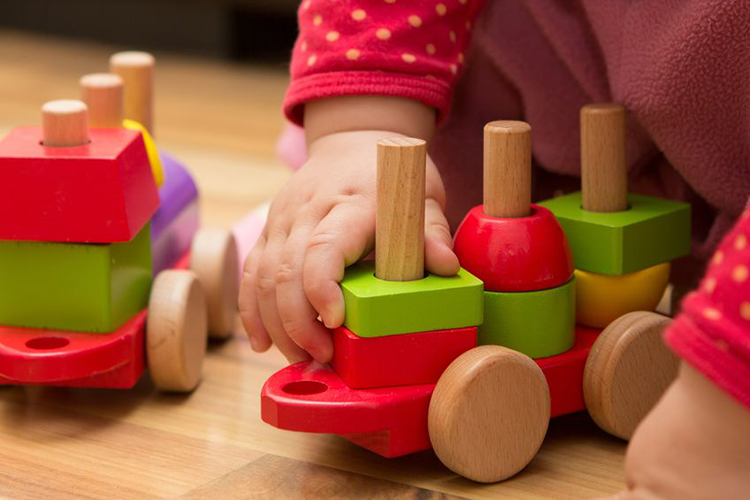
The American ‘information processing’ theory4 abandons Piagetian cognitive-development stages altogether, emphasising an on-going pattern of development and presenting mind as a mechanism with an attention phase for information input, a working memory for active manipulation, and a long-term memory for subsequent retrieval. According to this theory, which has heavily influenced reading and mathematics, processing advances as a child develops. Information processing can be a useful way of considering the teaching strategies a task demands – for example by avoiding many explicit instructions for an implicit learning task (see below). Also forsaking Piaget’s neat phases, Bruner5 proposes three stages of his own: namely the enactive (0-1 years), iconic (1-6 years) and symbolic (7 years and above). At the iconic stage, Bruner believes learners primarily store information as images, so here illustrations strongly support verbal information. His ‘spiral curriculum’ theory proposes that even complex concepts can be introduced in an ‘intellectually honest’ form to young children, if appropriately tailored to their developmental understanding. These important core subject concepts are later revisited, again suitably recast at each later stage, to promote deeper understandings.
Windows of Opportunity
A research summary by Gabbard and Rodrigues6 underlines the vital importance of early years learning opportunities by calling attention to studies enabling ‘the identification of critical periods in brain development in which experience may be most effective in forging connections in wiring the brain.’ Open before birth, these windows ‘narrow as a child grows older’, fully justifying Lindon’s call for every childcare professional to remain fully focussed on the here and now. One important message is the role of early years ‘movement and sensory experiences’, given that the gross-motor skills ‘window’ starts to close after five years of age.
EYFS Developmental Milestones – Download Free eBook
Teaching and Learning in EYFS
Research constantly reminds us of the need to use appropriately pitched language in educational exchanges, but Fontana7 reminds us too of the ‘frequent error … to assume that because children appear to “know” a particular word, it carries … the same meaning it carries for (the teacher).’ And it is equally problematic, he argues, when ‘the teacher assumes that an inability to put things into words inevitably indicates an absence of understanding.’
Recent work on the understanding of early-years learners offers further insights: results achieved by Legare & Lombrozo8 suggest that asking children to offer their own explanations during learning directly enhances outcomes, leading researchers to argue that ‘explaining engages young learners in ways that other cognitive processes do not’.
Entry-level Word Processor: The Toddler as an Apprentice ‘Wordamatician’
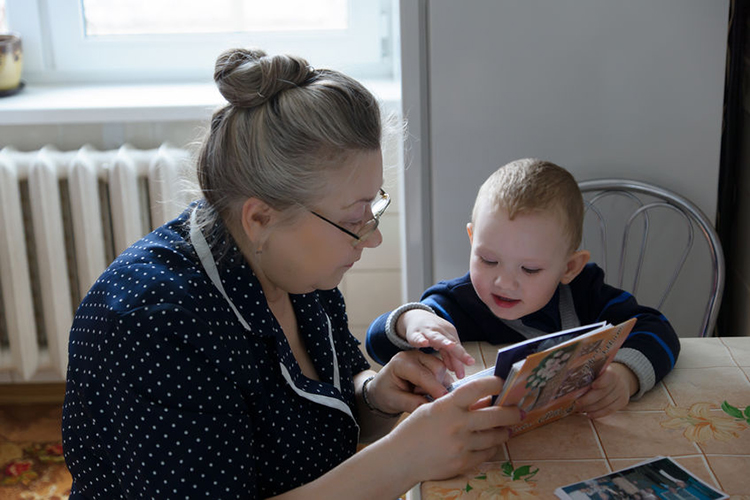
Meanwhile, Walker, Gopnik and Ganea9, report that children have a more sophisticated ability to ‘differentiate between realistic and fantastical stories from a very early age’ than might have been predicted. Moreover, it seems this trait continues to develop because ‘children with the greatest amount of knowledge about fantastical representations are the least likely to draw analogies between worlds.’
Elsewhere, Vales & Smith10 confirm that hearing a word label helps young learners search more quickly for a ‘target word or shape’ by securely encoding, and then maintaining, the target in the child’s visual working memory, thus indicating that ‘the influence of language on visual processing begins early.’
Learner Characteristics
Childhood amnesia – our universal inability to recall our early lives – is said to occur because the hippocampus area of the brain, strongly implicated in consolidating memories, usually remains immature until a child is at least two years of age.
An early language-development peak arrives at age three, before formal schooling (often beginning around age five) imposes an entirely new way of encoding experience on young children. Thus the phenomena of childhood amnesia disappears somewhere between three- and five years of age.
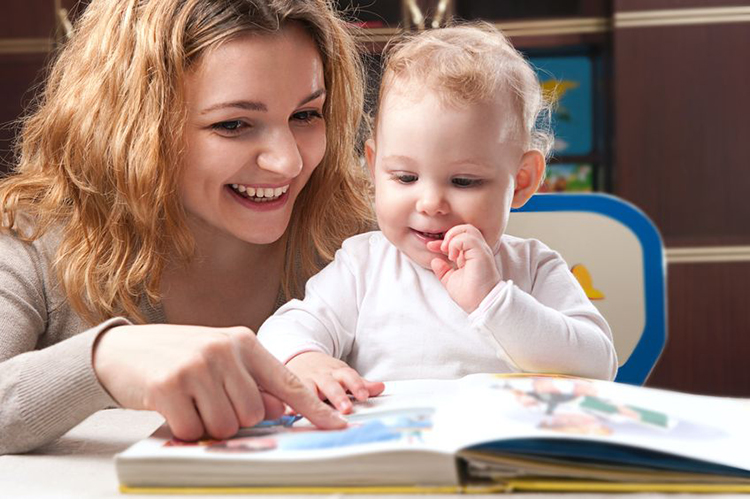
Considering another memory characteristic, Squire et al.11 make a distinction between the ‘explicit memory’ learners use for conscious recall, and the ‘implicit memory’ required for the development of embedded skills – explaining why automatic repetition without recourse to instructions is the goal of everyday tasks such as tying laces.
Child-centred educators will be ever-mindful of the specific needs of their charges. For example, a four-year-old may have a younger sibling plus a new baby in the family. If so, research suggests an ‘oldest child’ may well be disadvantaged with the presence of younger and more demanding siblings limiting his own receipt of developmental stimuli. Likewise, Donaldson12 cautions that ‘linguistic skill‘ can also affect learning outcomes because:
‘Children from privileged backgrounds are more likely to pay scrupulous attention to the words of the question, (whereas) … less privileged children have a strong tendency to substitute a “more natural” question …’
In summary, given the significantly different developmental profile and discrete learning needs of early years children, touched upon in this discussion, childcare professionals are entitled to feel privileged to be entrusted with the developmental prospects of children at this crucial point in their young lives. Big school will arrive in good time, but many of today’s priorities can’t be missed, and just won’t wait!


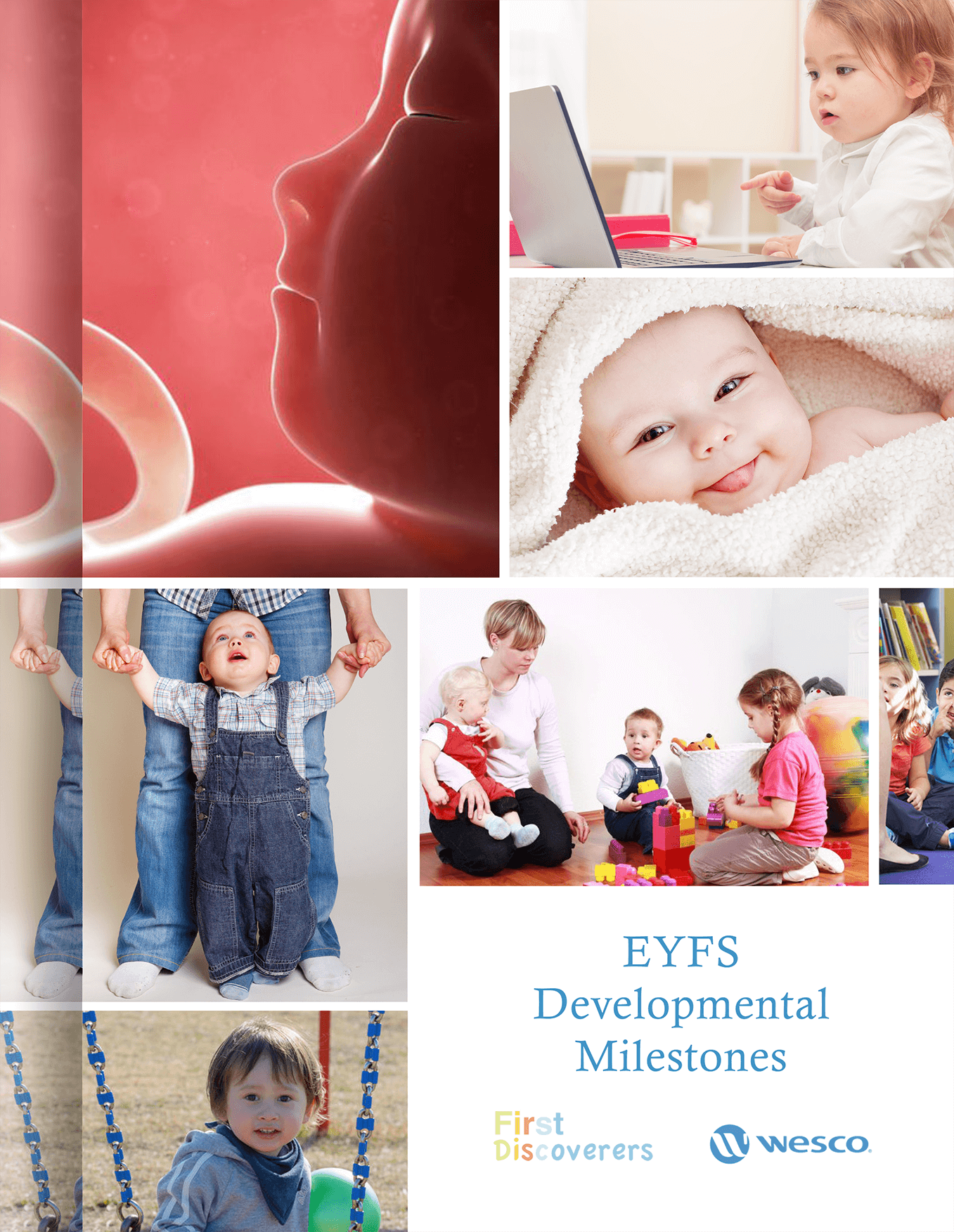

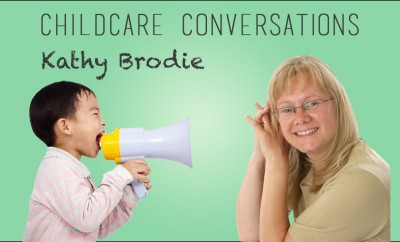
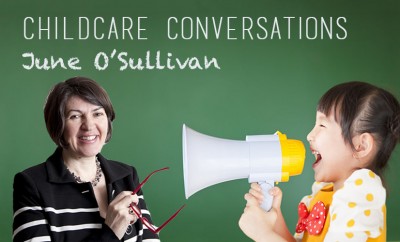

You must be logged in to post a comment Login